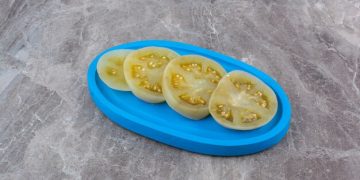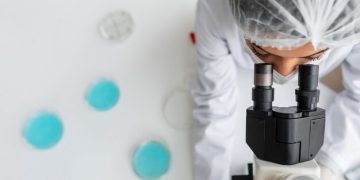
Keloid scars and piercing bumps might look similar at first, but there are clear ways to tell them apart. Let’s dive into the differences between these two, explore their treatments, and discuss other skin issues that might arise after getting a piercing.
After getting a piercing, especially in areas like the nose or upper ear, you might notice piercing bumps. These bumps form as part of the body’s natural healing process, triggered by the immune system’s response to the wound. It’s common to experience some bleeding, swelling, or bruising in the first few weeks, but these symptoms are usually nothing to worry about.
Keloids, on the other hand, are raised scars that develop from skin trauma or injury, such as a piercing. They occur when fibrous tissue grows excessively. Keloids can take anywhere from 3 to 12 months to appear after the initial injury. They often look like raised scars and can be red, pink, purple, or brown, darkening over time. Their appearance can vary based on their location and the person’s skin tone. Earlobe keloids are typically round or oval and can grow quickly or slowly, sometimes becoming quite large. They can feel hard and rubbery or soft and doughy.
Initially, keloids and piercing bumps might seem alike, but differences become apparent over time. Generally, piercing bumps don’t need treatment as they’re part of the body’s natural healing. Keeping the area clean and preventing infection helps the piercing heal. The American Academy of Dermatology advises against using rubbing alcohol on piercings, as it might slow healing.
Keloid treatment depends on their type and size, with several options available. People prone to keloids should avoid piercings. Infections in new piercings are common if the needle isn’t sterilized or if the piercing isn’t kept clean. Signs of infection include redness, swelling, and pain.
Contact dermatitis is a skin rash caused by irritation or contact with allergens, friction, or harmful substances. Nickel, often found in cheaper jewelry, is a common allergen, even in small amounts in silver and gold. Switching to hypoallergenic metals like stainless steel, titanium, or high-karat gold can help.
If you suspect a keloid, it’s best to consult a doctor or dermatologist, as untreated keloids can continue to grow. Similarly, see a doctor if you notice signs of infection.
In summary, after a piercing, you might develop keloids or piercing bumps. Keloids grow slowly and can become large, while piercing bumps are more common and appear quickly. If you suspect a keloid or another condition, it’s wise to consult a healthcare provider.












































